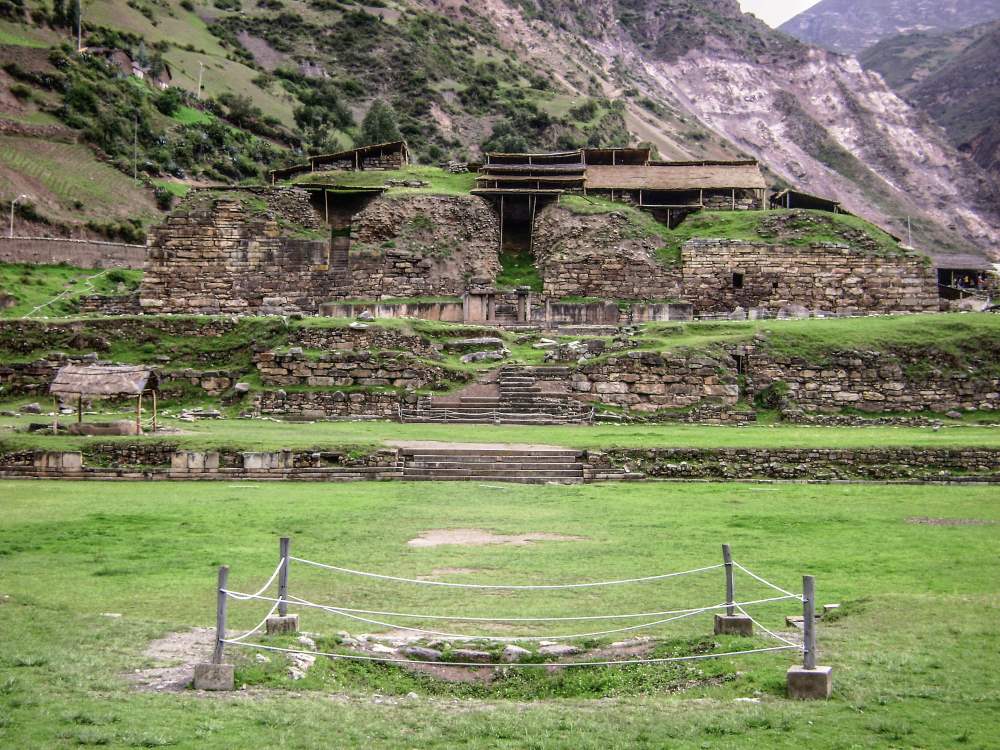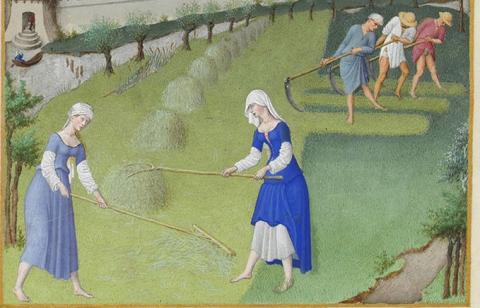Living in a state reduced the risk of lethal violence against women in pre-Hispanic Andean societies
In pre-Hispanic Andean societies, the gender of individuals and the political organisation of the region where they lived had a major impact on the physical violence they experienced, says a study published in PNAS. Living in a state ‘drastically’ reduced the likelihood of lethal violence for women, but not for men. The study analysed archaeological data from more than 8,600 adults collected in 169 studies and dating from 155 sites.

Henry Tantaleán - violencia sociedades andinas EN
Henry Tantaleán
Senior lecturer at the Professional School of Archaeology at the Universidad Nacional Mayor de San Marcos, Lima (Peru)
This article is an important contribution from archaeology and anthropology to the ongoing debate on past violence, the types of political entities involved, and the gender of the individuals involved. This study distances itself from the traditional and long-standing philosophical and theoretical debate on violence to show us a neat and systematic analysis of a large sample of thousands of human remains excavated from 155 pre-Hispanic archaeological sites. In that sense, this study empirically proves that adult men were more involved in and impacted by violence in different types of political entities throughout pre-Hispanic times: violence was mostly exercised by men and also had lethal consequences on them, especially in pre-Hispanic state societies. However, it also shows us that women suffered the consequences of violence in different ways and intensities over time, albeit to a lesser degree, in the states.
Thus, this study raises a number of hypotheses that will be worth testing in the future in order to understand in more detail how sex and gender were relevant components in the exercise and suffering of violence in the past. The consequences of this study will be immediate, since archaeological studies, especially in the Andean world, are plagued by commonplaces and idealisations. Thus, on the one hand, the nuance needed to observe archaeologically how men engaged in violence was lacking. On the other hand, the presence and involvement of women in the social phenomenon of violence in the past had not been empirically recognised. Finally, this study reveals the existence of violence against women in the past, a phenomenon that also affects women in contemporary Andean societies and therefore needs to be made visible, understood and historicised.
Snyder & Arkush.
- Research article
- Peer reviewed
- People



